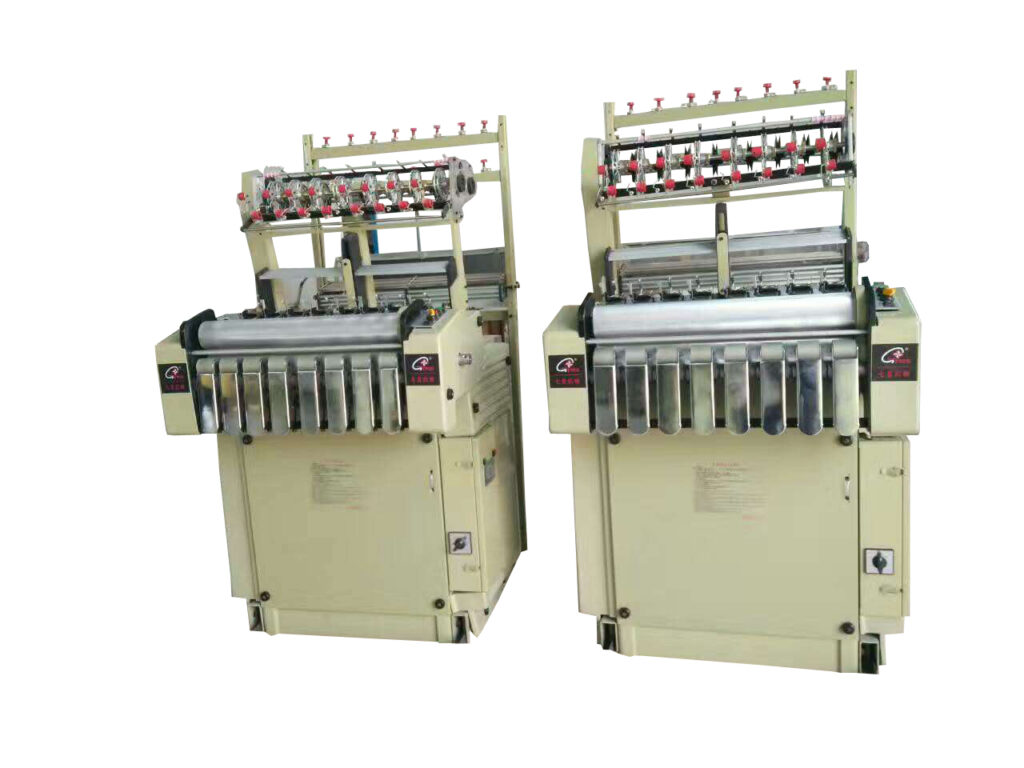Webbing is made from narrow or tubular textile fabrics of various yarns. We have a wide variety of fabrics, which are widely used in clothing, industrial production, agriculture and animal husbandry, armaments, road transportation, and other fields. Before here, ribbons were handmade from cotton batting and poppies. Later, the textile industry was vigorously promoted and the appearance of the ribbon loom was upgraded. The raw materials used for webbing have gradually developed into acrylic, nylon, polyester, polypropylene, spandex, viscose, etc., and the three major categories of textiles, knitwear, and knitting technologies have been gradually improved.
The earliest woven belts were woven through the weaving (woven fabric) technology and the interweaving of yarn warp and weft. After twisting, the yarn is changed into a bobbin (reverse yarn head) and the spun yarn is changed into a pirn to weave the sling on the loom. In the past, handmade wooden looms and elm wood looms were used to weave ribbons. In the early days, professional technology transformed the 1511 loom into a ribbon loom. We had our own ribbon loom, which is still in common use today.
The high-speed loom uses variable frequency stepless speed change, flexible stopping of yarn breakage, synchronous feeding of the core, control of core breakage, low energy consumption, and high return.
Nowadays, although the webbing machinery and equipment are relatively complex and the webbing technology has been very mature, the rapid development and innovation of webbing machines still need to be continued.
more than three generations
Special equipment: fully automatic weft density + induction touch screen;
Classic second generation
Improved equipment: fully automatic weft density + industrial touch screen;
self-employment generation
Economic development equipment: traditional weft + industrial touchscreen.

